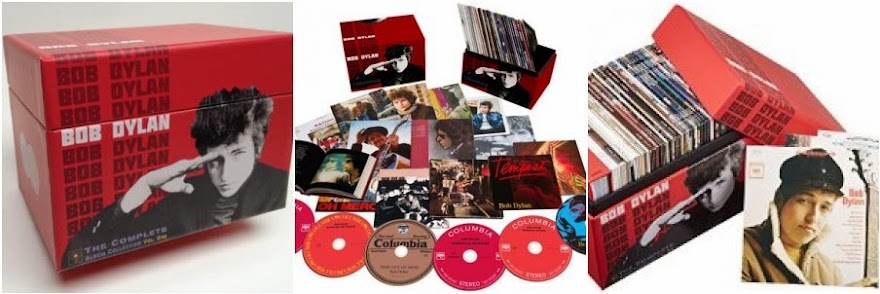Aside from the anthemic title track (like Blowin'... from the last album it's very familiar yet surprisingly short), on first listen this sounded like a very one-note record; drab and grey, much like the cover. But once I began paying attention to the lyrics, each song's unique character was revealed and the album's light and shade began to show through.
The first song to really grab my attention was North Country Blues, told from the point of view of a poor mother-of-three living in a godforsaken mining town that's slowly collapsing over time, mirroring the disintegration of her family.
Equally bleak and attention-grabbing is the tale of the Midwestern farmer in the Ballad Of Hollis Brown, driven by grinding poverty to murder his wife and five children before turning the gun on himself. For me the repetition of the first line of each verse really drives home the grimness of Hollis' situation, and the description of the shotgun hanging on the wall becoming the shotgun "That you're holding in your hand" is chilling. I think the potency of both of these songs owes much to Bob's matter-of-fact delivery of these most harrowing lyrics.
The two most powerful songs here though, are With God On Our Side and Only A Pawn In Their Game. The first is a long litany of wars and atrocities justified by man's presumption that he has divine sanction in even the most horrific of acts. The second cleverly uses the story of the assassination of a civil rights activist to illustrate how the poor are controlled by those at the top. Both of these very intense songs are followed by more tender numbers (One Too Many Mornings and the lovely, forlorn Boots Of Spanish Leather), which provide some welcome relief on an album with none of the jokes and lighthearted moments found on Freewheelin'.
That's not to say it's all gloomy here. Even though When The Ship Comes In is sung from a dissatisfied standpoint, it is upbeat and optimistic, while Restless Farewell is a confident defence against his critics, with his feet "now fast" and pointing "away from the past".
I found Dylan's third album to be a bleak, beautiful record stuffed with so many great songs that it's impossible to pick out a favourite, but today I'll plump for this, The Lonesome Death Of Hattie Carroll:
What do you think of this album? Love it? Hate it? Meh? I'd love to know. Do tell me in the comments section below.
I'll be back in a week or two after listening to the next out of Bob's Big Box; Another Side Of Bob Dylan.



